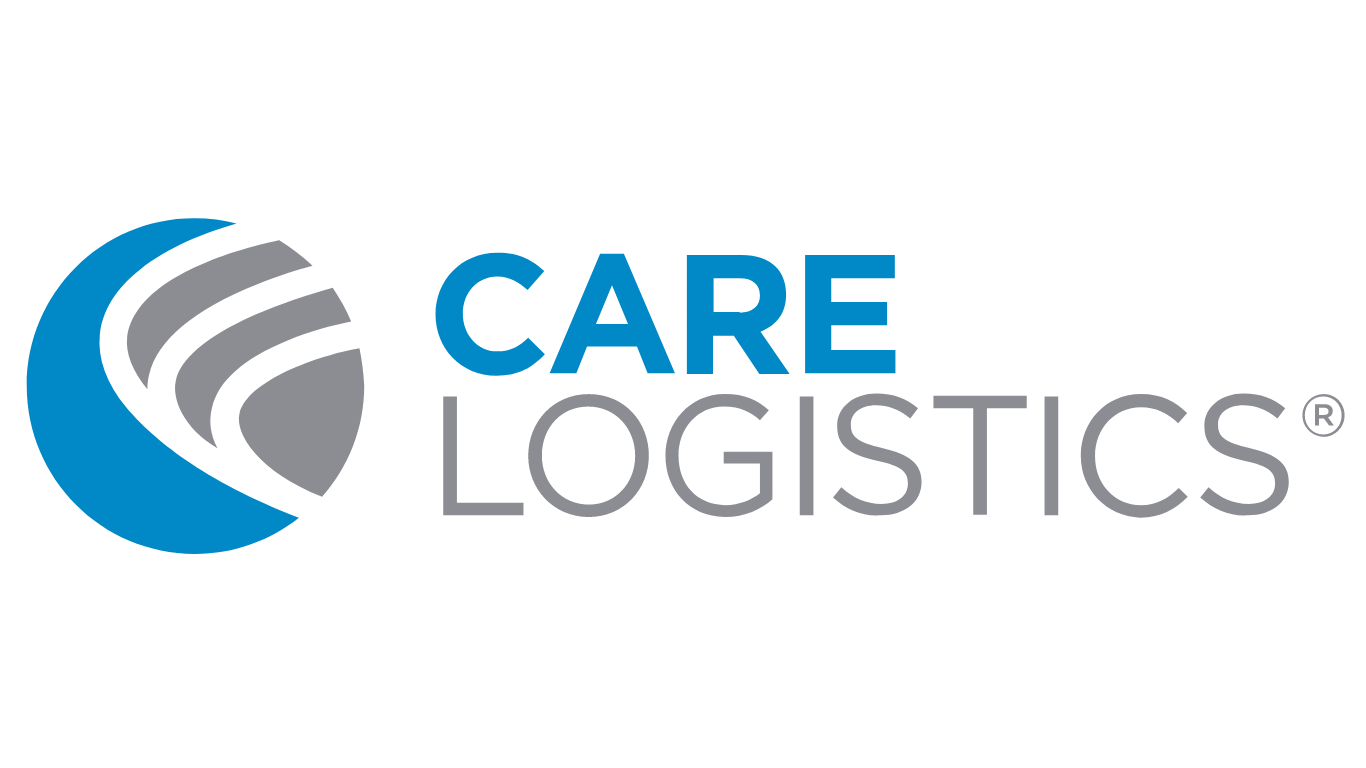5 Healthcare Operations Trends That Will Define 2025—And How to Adapt
Rising patient volumes. Staffing shortages. Escalating costs. Threats to reimbursement. Rapid tech innovation. All signs point to one conclusion: 2025 will be a defining year for healthcare operations.
The convergence of industry-wide challenges and digital disruption is pressuring hospitals to rethink how they deliver care, not just to survive, but to evolve. At the same time, patient expectations have shifted. They want personalized, efficient, connected experiences, and they want them now. To stay competitive and resilient, hospitals must lead with strategy, not scramble in reaction.
Here are five key operational trends redefining the healthcare landscape in 2025, and how your organization can prepare to meet the moment.
1. Workforce Transformation: A New Era for Healthcare Talent
Burnout, retirements, and the rise of tech-savvy clinical roles are reshaping what the healthcare workforce looks like, and how it operates.
Hospitals can begin by investing in continuous improvement initiatives that reflect the realities of modern care delivery. As technologies like AI and automation become integral to clinical and administrative workflows, staff need support in reskilling to meet evolving demands. Forward-thinking organizations are also reimagining job structures and embracing flexible work models, including hybrid roles and remote staffing.
Our Operational Design connects the frontline clearly to organizational goals so they know exactly how they contribute to them, clearly defines roles and accountability, and provides escalation for operational challenges they can't solve. At Care Logistics, we’ve seen that when Operational Design principles are properly applied to workforce planning, hospitals can not only align staffing with demand but also build roles that are more sustainable and satisfying for staff. Additionally, we know that organizations that invest in operational excellence regularly score better on staff retention and satisfaction.
2. Digital Command Centers: Turning Chaos into Coordination
Digital command centers can integrate data from across the organization—ED, inpatient floors, surgical units, even environmental services—to give hospitals real-time operational intelligence. To fully harness this capability, hospitals need to bring visibility to the thousands of small, interconnected decisions made each day. That means connecting siloed departments and enabling shared situational awareness through centralized platforms.
Digital command centers work best when underpinned by a clear operational model, like that created through our Operational Design methodology, which clarifies roles, responsibilities, and escalation paths. Pairing this foundation with an effective Command Center enables teams to monitor patient flow, anticipate capacity issues, and proactively coordinate resources instead of reacting to bottlenecks.
3. Predictive Analytics: From Reactive to Proactive Care
Predictive analytics are moving beyond trend reports, they are now driving real-time operational decisions.
Hospitals that successfully operationalize predictive insights start by embedding analytics into core workflows, not just EMR dashboards. This starts with quickly identifying patterns and turning them into frontline action—forecasting ED surges and proactively adjusting staffing, or identifying early signals of delayed discharges and initiating interventions upstream. CareEdge™ helps power this kind of agility by surfacing real-time, actionable metrics where and when they’re needed. Combined with Operational Design, predictive tools like this become more than numbers—they become catalysts for a system that learns, adapts, and improves continuously.
4. Patient-Centric Care: From Buzzword to Baseline
Hospitals are no longer just centers for acute care—they’re becoming experience hubs for every part of the patient journey.
Putting patients at the center of operations means redesigning care pathways to remove friction points and improve experiences. Hospitals need to improve transitions between units and across care settings, ensuring patients don’t fall through the cracks. Technology also plays a role, enabling patients to engage with their care plans, ask questions, and receive timely updates. Improving the patient journey contributes to improved patient satisfaction and more on-time discharges for your organization. Relief from the chaos is always appreciated by patients and organizations alike.
5. Sustainability: Healthier Hospitals, Healthier Planet
Sustainability is no longer optional—it’s a crucial part of operational excellence. Forward-looking hospitals are embedding change management practices into their transformation to drive sustainable environmental and financial returns. The path forward requires hospitals to take a systemic approach—evaluating how resources are used throughout their facilities and identifying waste at the process level. This could mean redesigning care delivery to reduce unnecessary variation or streamlining supply chain logistics.
When hospitals use operational visibility platforms like CareEdge™ to monitor resource optimization in real time, it becomes easier to make data-backed decisions that support both cost savings and environmental goals. Sustainability efforts are most effective when built into a hospital’s foundational operations—something our Operational Design frameworks help achieve by embedding efficiency into every process.
The Bottom Line: Operate Smarter, Without Working Harder
2025 will reward healthcare leaders who are agile, data-driven, and unafraid to innovate. By embracing workforce transformation, digital command centers, predictive analytics, patient-centric strategies, and sustainable practices, hospitals can:
Boost operational efficiency
Improve patient outcomes
Build resilience for whatever comes next
Now is the time to reimagine how your hospital operates. Because the future of healthcare isn’t just about the “now”—it’s about designing smarter systems that benefit organizations and patients alike for years to come.



